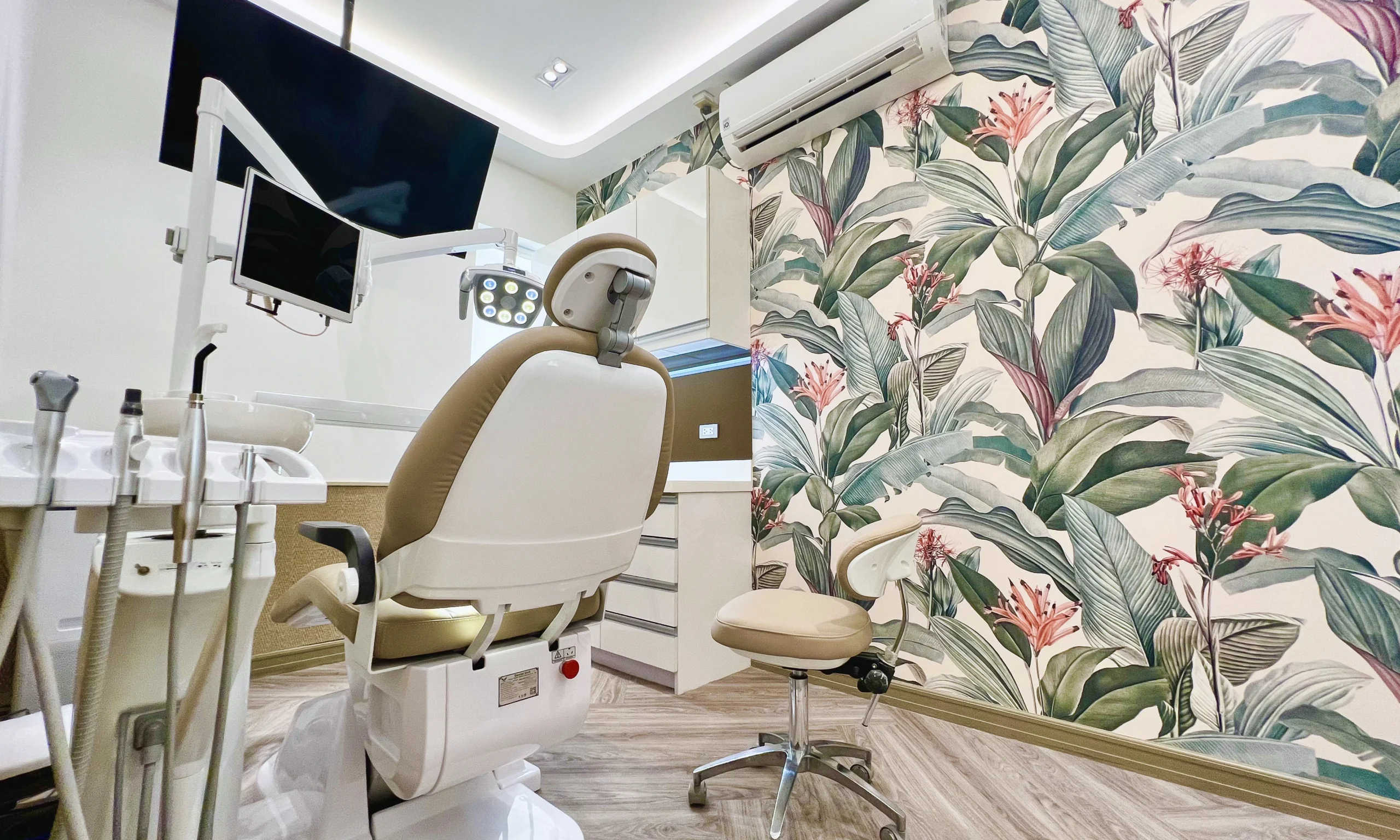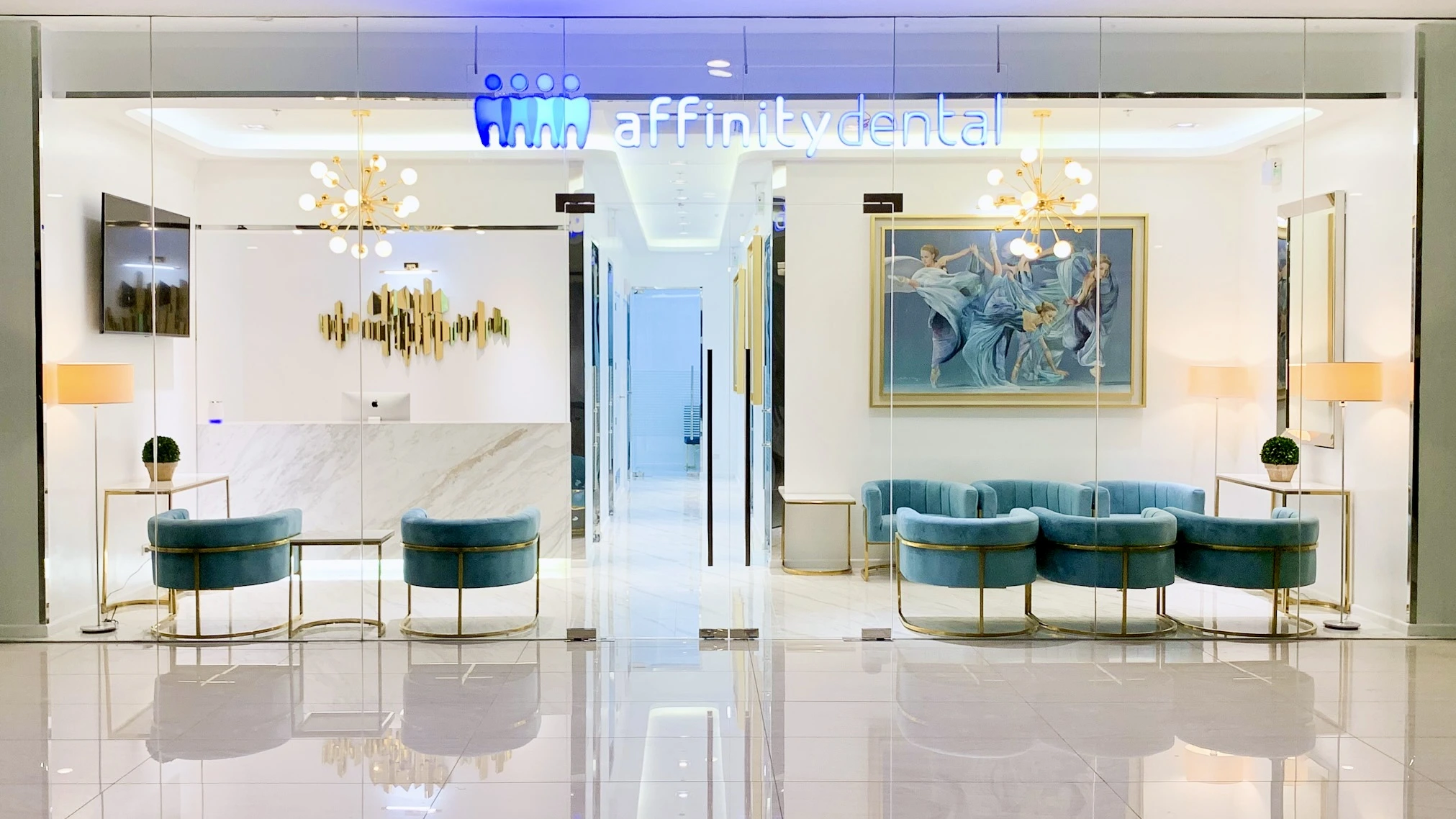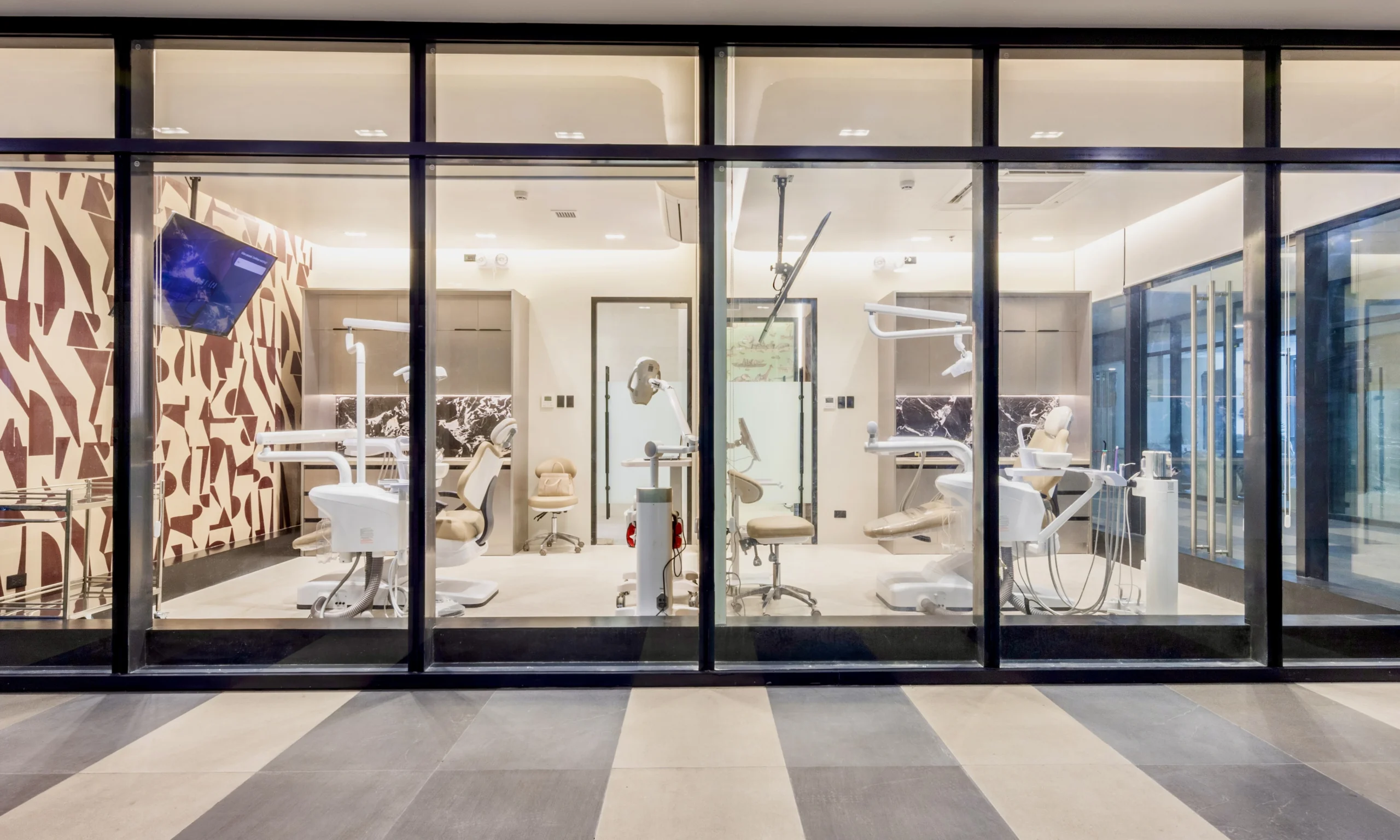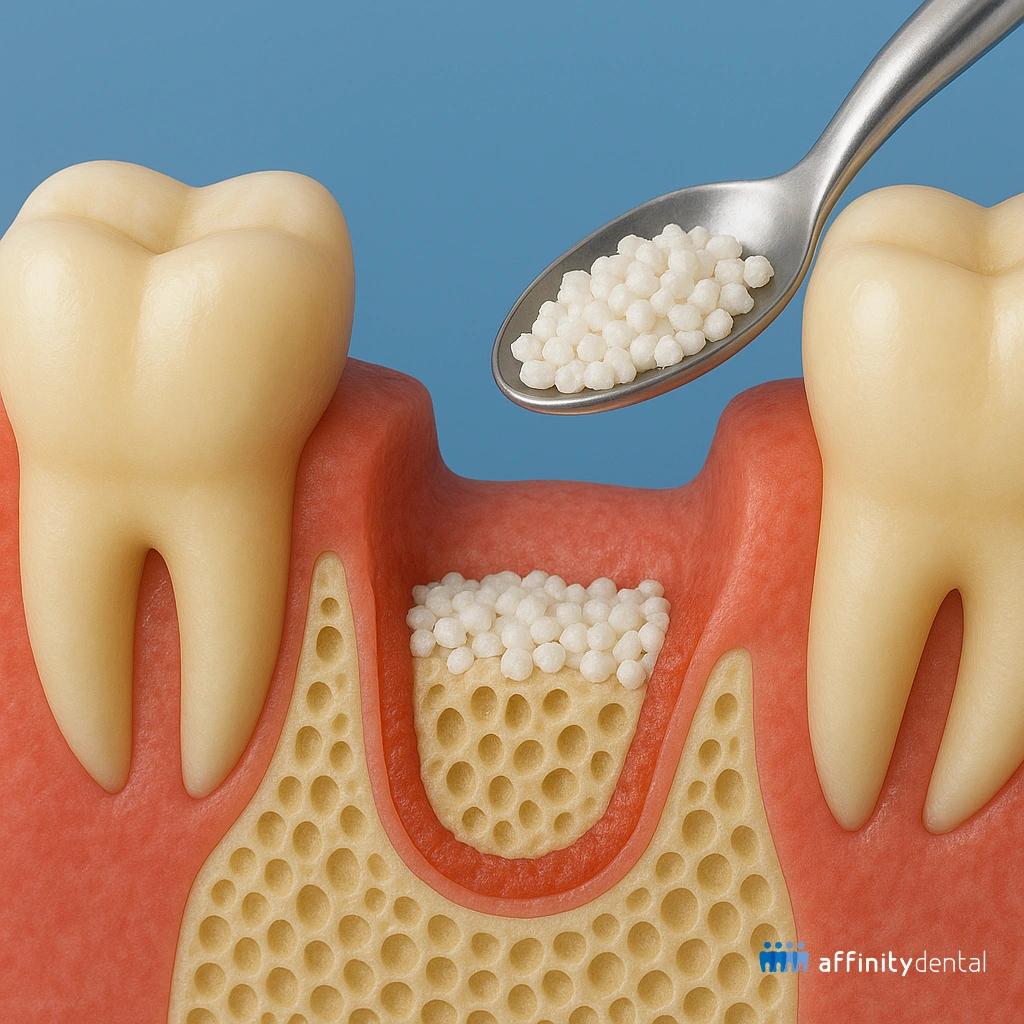
Bone Grafts
Rebuilding Smiles with Precision and Compassionate Oral Surgery
Tooth loss does more than leave a gap in your smile. Over time, it can lead to the gradual deterioration of the jawbone—a process known as bone resorption. When this occurs, not only does it compromise the structure of your face, but it can also make restorative treatments like dental implants difficult or even impossible without additional support.
At Affinity Dental Clinics, we offer Bone Grafts as a key component of our Oral Surgery services. With a dedicated team of formally trained Oral Surgeons, state-of-the-art technology, and a commitment to clinical excellence, we provide effective and safe solutions to rebuild lost bone and prepare patients for long-term oral health and smile restoration.
What Are Bone Grafts?
Bone grafting is a surgical procedure that adds volume and density to the jawbone in areas where bone has been lost or has become too thin. The graft material—either natural or synthetic—is placed into the affected area, stimulating the body to grow new bone over time.
Bone Grafts are commonly performed:
• Before or during dental implant placement
• In patients with bone loss due to periodontal (gum) disease
• As part of Socket Preservation
• To treat traumatic injury or bone defects
• Prior to All-on-X or full arch implant restorations
With bone grafting, we can restore the foundation needed to support stable, long-lasting dental implants and prevent the sunken facial appearance that often results from bone atrophy.
Why Bone Grafts Matter
When a tooth is lost or extracted, the bone around it no longer receives the stimulation it needs and begins to shrink. Within the first year, up to 25% of the bone in that area may be resorbed. Left unaddressed, this loss can lead to:
• Loss of support for adjacent teeth
• Difficulty wearing dentures
• Inability to place dental implants due to insufficient bone volume
Bone Grafts play a critical role in restoring function and aesthetics by preserving or rebuilding the bone, giving you the option for dental implants and a more natural facial profile.
Why Choose Affinity Dental Clinics for Bone Grafts?
Our Bone Graft procedures are performed by a team of formally trained Oral Surgeons, all of whom have advanced training in bone regeneration, implantology, and surgical reconstruction. You can be confident that your procedure is in skilled and experienced hands.
Every Affinity Dental Clinic is equipped with the latest dental technology to ensure successful outcomes:
- Digital X-rays for fast and accurate imaging
- Cone Beam CT Scans (CBCT) for 3D visualization of bone structures and surgical planning
- Sterile operating rooms and modern surgical instruments
- Biocompatible graft materials, including autografts, allografts, xenografts, and synthetic options
This advanced setup allows us to customize your grafting procedure based on your anatomy, goals, and timeline for dental restoration.
For patients undergoing more extensive procedures—or those with dental anxiety—we offer Conscious Sedation, administered by a board-certified Anesthesiologist. This light sedation technique keeps you calm, pain-free, and relaxed throughout the surgery, making your experience more comfortable and less stressful.
Types of Bone Grafts We Offer
At Affinity Dental Clinics, we tailor each Bone Graft procedure to the patient’s unique clinical situation. Common types of Bone Grafts include:
Performed immediately after a tooth extraction, this graft helps preserve the socket’s shape and prevent bone loss. It’s ideal for patients planning to get a dental implant in the future.
For patients missing teeth in the upper back jaw, a sinus lift involves raising the sinus floor and placing graft material beneath it to create enough bone height for implants.
When significant bone has been lost over time, ridge augmentation rebuilds the width or height of the jawbone. It’s often necessary before placing multiple implants or full-arch restorations.
In cases of severe bone loss, a block of bone—usually harvested from the patient’s own body—is used to restore structure. This type of graft is more advanced and requires precise surgical technique.
A technique that uses membranes to direct the growth of new bone and soft tissue, GBR is often used alongside other grafting procedures to enhance results.
What to Expect During the Bone Grafting Process
The process begins with a thorough consultation. Our specialists will review your medical and dental history, perform a clinical exam, and use digital X-rays or CBCT scans to assess your bone condition and plan the surgery.
Based on your needs, we’ll determine the type of Bone Graft required and whether the procedure can be done on its own or in conjunction with tooth extraction or implant placement.
Under local anesthesia—and Conscious Sedation, if selected—our surgeon will:
- Prepare the surgical site
- Place the graft material carefully into the target area
- Secure the graft and cover it with a protective membrane
- Close the incision with sutures
The procedure may take 45 minutes to 2 hours, depending on complexity.
You may experience mild swelling, discomfort, or minor bleeding for a few days. These are normal and can be managed with medication, rest, and soft foods.
It typically takes 3 to 6 months for the bone graft to fully integrate and mature, depending on the type and size of the graft. After this healing period, we can proceed with dental implant placement if that is part of your treatment plan.
Recovery Tips After Bone Grafting
To ensure successful healing, we recommend:
• Avoiding strenuous activity for the first few days
• Eating a soft diet for at least one week
• Avoiding smoking and alcohol, as these impair healing
• Practicing excellent oral hygiene (with gentle rinsing as advised)
You’ll be scheduled for follow-up visits so we can monitor healing and plan the next steps of your treatment.
Bone Graft – Frequently Asked Questions
Is a Bone Graft painful?
The procedure is done under anesthesia and can be combined with Twilight Sedation for a pain-free experience. Post-surgical discomfort is mild and manageable with medication.
How long is the recuperation?
Initial healing is quick—3–7 days. Full integration takes up to 6 months.
Will the graft material be rejected?
No. Modern graft materials are biocompatible and carefully chosen to match your body’s healing profile. Rejection is extremely rare when the procedure is performed correctly.
Is a bone graft successful?
Yes—success rates typically range from 90–98% depending on case type and patient health.
Do I need a Bone Graft before getting implants?
If you have insufficient bone volume or density in the area of the planned implant, a Bone Graft is necessary to provide a stable foundation for implant success.
Can grafting be done at the same time as extraction?
Absolutely. Combining socket preservation with extraction reduces appointments and setup time for implants.
What if I’m a smoker or diabetic?
Smoking and uncontrolled diabetes affect healing. We’ll guide you through preparation, healing measures, and risk mitigation before proceeding.
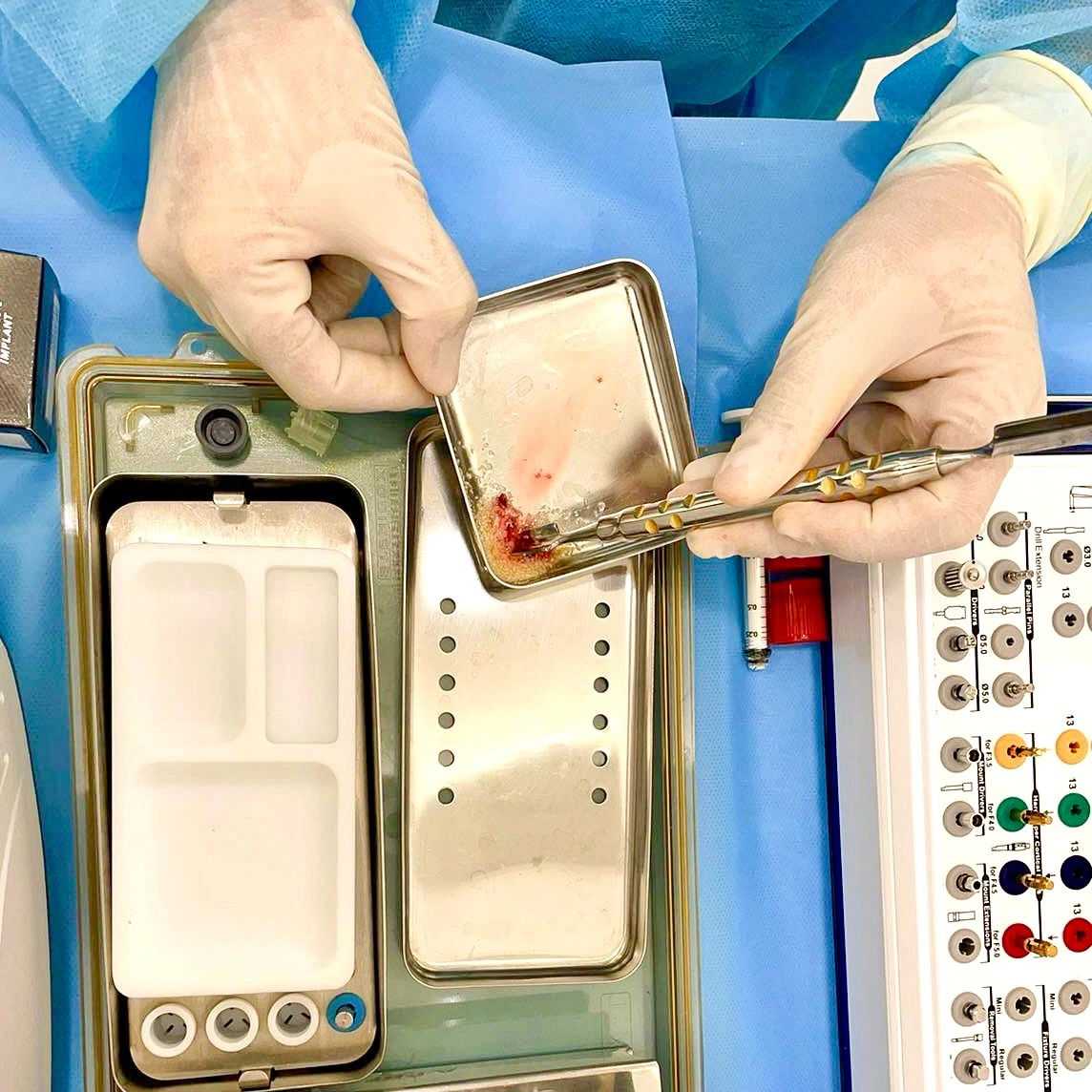
Book Your Consultation Today
At Affinity Dental Clinics, we believe that every patient deserves a strong, healthy foundation for their smile. Our Bone Grafts services are designed to restore jawbone integrity, support long-term restorations, and give you the confidence to move forward with your oral health journey.
Let us help you preserve what matters most—your health, your smile, and your future.
Book an Appointment
One moment, your message is being sent...
Please wait for the confirmation message before going back or closing your browser.
Sub heading
Content Place Here without Image

Content Continuation
Sub heading

Content Place Here without Image
Content Continuation
Sub heading

Content Description
Sub heading

Content Description Numbered
Intro Paragraph
Additional (Optional)
- Items
- Items
- Items
- Items
Component for Direct Content without image
Intro Paragraph
2nd Pragraph Optional
Closing paragraph
Component for Steps Content without image
Intro Paragraph
Text Description
- This list is optional, if the content does not have bulleted items remove the "ul and /ul"
- Items
- Items
Outro Paragraph (Optional)
Component for Steps Content with image

Intro Paragraph
Text Description
- This list is optional, if the content does not have bulleted items remove the "ul and /ul"
- Items
- Items
Outro Paragraph (Optional)
Other design for itemized content
Intro (copy this if there are more paragraphs)
Text Description
Table Title No Image
| Column Heading | Column Heading | Column Heading | Column Heading | Column Heading |
|---|---|---|---|---|
| Row Data | Row Data | Row Data | Row Data | Row Data |
Table Title with Image

| Column Heading | Column Heading | Column Heading | Column Heading | Column Heading |
|---|---|---|---|---|
| Row Data | Row Data | Row Data | Row Data | Row Data |
Frequently Asked Questions
Answer
Answer
Answer
